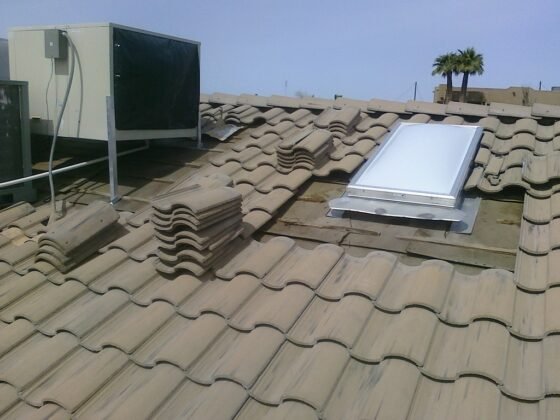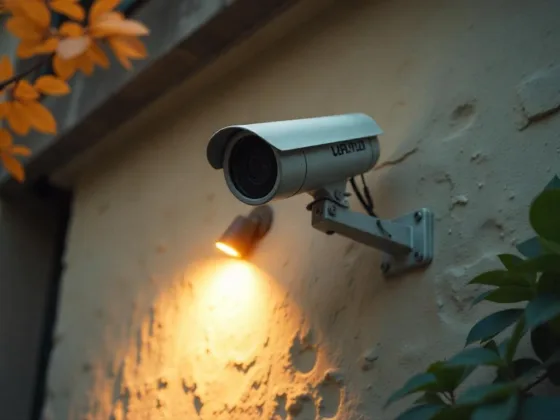Table of Contents Show
The roof is a critically important part of your home since it protects you from adverse outside weather conditions.
And with the growth of technology, we have seen several innovations in both the material and installation of roofs for residential and commercial buildings.
TPO Roofing is a great innovation that has been around for some time now, especially in commercial building projects.

TPO stands for thermoplastic polyolefin, a single-ply roofing membrane used to cover the surface of the roof.
TPO is produced with a combination of polypropylene and ethylene-propylene rubber with its distinct white color.
This article will provide the advantages and disadvantages of TPO membrane to help you decide if it is right for your flat roofing system.
Advantages of TPO
TPO provides several benefits when used as the roof of your property; we have compiled this list of advantages that you should expect when using these membranes.
It is Relatively Cheap
The price is the best feature that makes this material ideal for most people. Its affordability has set it apart as the best choice for people looking to get a roof over their heads without breaking the bank.
Due to its material, manufacturers can mass-produce them at a lower cost to the consumer without compromising on the quality.
The savings can be used to help insulate the roof and make the home comfortable in any weather condition.
Read Also:
Easy to Install and Repair
TPO membranes are easy to install and do not require a large crew to complete the job. Whether you are roofing your residential home or a commercial building, there are three cost-effective ways these membranes can be installed. These include;
- Adherence: This is the most common way these roofing materials are installed. A powerful adhesive substance is used to attach this membrane to your building.
- Mechanical Installation: Bolts are used to hold these membranes into your building’s structure.
- Ballast Installation: With this method, gravel is used to press the membrane into position, enabling them to stay intact for longer.
TPO will require repairs after years of use or due to poor workmanship, and getting it fixed is easier than most of the roofing materials in the market.
A roofing contractor will perform an infrared inspection to expose the cause of the problem and get it repaired at an affordable price.
Energy Efficient
As mentioned earlier, the white color of these membranes comes in handy in helping your home become energy efficient.
The shiny white color reflects sunlight away from the roof, reducing heat buildup within the building.
This helps maintain the room temperature of your property, making you spend less power cooling your home or commercial building. Similarly, the exterior part of the material is laminated to prevent air and heat from coming inside.
It Lasts Longer Than Other Membranes
When investing in a good roofing system, homeowners expect this investment to be worthwhile and last them for a couple of decades before repairs or replacements.
TPO roofing membranes are made to protect your home for years to come with warranties ranging from 15 years and above.
The properties of these membranes give them resistance to mold, dirt buildup, and punctures which allows them to serve you for a longer time.
Variety of Choices
TPO membranes allow you to choose and customize how your roof should look like. They commonly come in three colors; white, grey, and tan, but you can request any color of your choice depending on your needs.
Also, these membranes come in three distinct thicknesses; 45, 60, and 80 millimeters, with thicker ones being durable and expensive compared to a 45 mil one.
Disadvantages of TPO
Although TPO has great features that will ensure your investment is worthwhile, it is not perfect and can become vulnerable after years of use. Here are the disadvantages we have noted with these membranes.
Hard to Determine High-Quality Material
The main problem with this roofing material is the inability to determine genuine material from generic and low-quality ones.
Since the cost to produce these membranes is low, most subpar products in the market can appear similar to genuine ones giving a new buyer a hard time to differentiate.
Lack of Proven Track Record
TPO membranes have been in use since the ’90s, and the technology is rapidly growing and becoming a staple in most commercial buildings.
It makes it hard to know for sure how this material behaves in different areas for a prolonged period.
With more people adopting this method for their roofing, we believe more research can help establish the track record of this material.
Seam Easily Loosen
TPO membranes are manufactured in sheets that are 10, 12, or 20 feet wide which means you’ll have to connect them to fit a whole roof.
While a hot-air gun is used to hot air weld the seams together, these seams become susceptible to debris and excess sunlight that opens them, allowing water to penetrate through.
In my opinion, TPO provides many features that are hard to ignore, making it easy to recommend it to anyone looking for a cost-effective method of roofing your property. We will let you decide if this suits your preference and budget.









